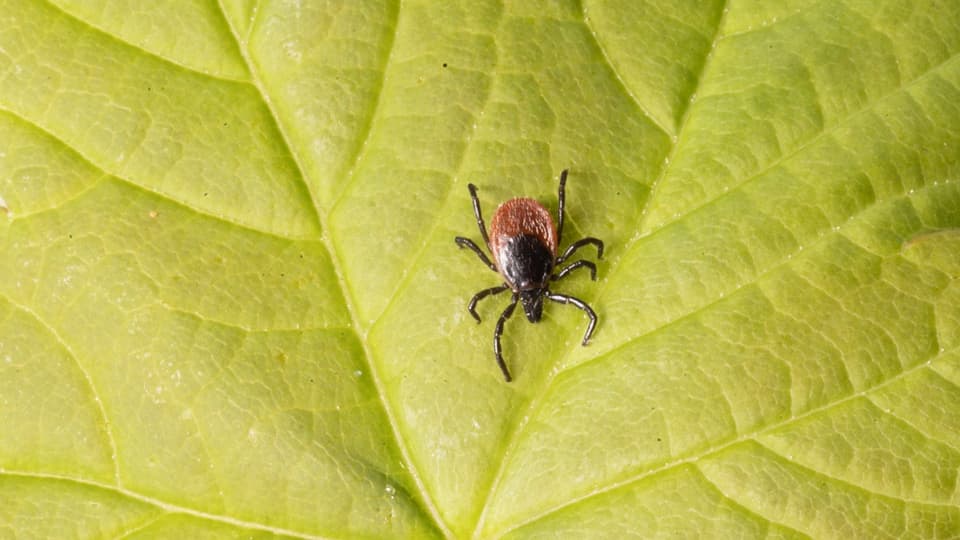- Swiss ticks are more dangerous than previously thought.
- Researchers have found viruses or bacteria in almost every tick, as a recently published study shows.
- This includes the Alongshan virus, which was discovered just a few years ago.
“Almost every tick can potentially make you sick,” said Cornel Fraefel, a virologist from the University of Zurich who was involved in the study. “We found several pathogens at the same time in many ticks.”
It is not yet possible to say whether the Alongshan virus is relevant to public health in Switzerland.
The Alongshan virus (ALSV) was detected in almost twice as many ticks (7.6 percent) as the well-known tick-borne encephalitis virus (TBE virus) (4.2 percent). However, it is not yet clear how dangerous ALSV is.
“The discovery of ALSV is so new that it is not yet possible to say whether it is relevant to public health in Switzerland,” emphasized Fraefel. According to a study from China, the symptoms are similar to those of TBE.
Surprisingly many bacteria
Together with colleagues, the virologist extracted the RNA and DNA of over 10,000 ticks from rural and urban areas in ten cantons and searched for viruses in them. The ticks were also tested for various bacteria using PCR tests. The results were published on Monday in the journal “Plos One”.
“We were surprised by how many ticks we found bacteria in,” said Fraefel. 77.2 percent of the ticks examined tested positive for at least one non-viral pathogen. Of the ticks collected in urban areas, 83.9 percent of the ticks contained at least one non-viral pathogen.
Legend:
The annoying bloodsuckers are more dangerous in Switzerland than previously thought.
Keystone/Gaetan Bally
The most common bacteria found were the Rickettsia group, which can cause a whole range of diseases, so-called rickettsioses. These include anaplasmosis, which can cause fever, chills and headaches.
But Borrelia, which is responsible for Lyme disease, has also been detected in many ticks. In urban areas in 8.2 percent of ticks, in rural areas in 1.9 percent.
